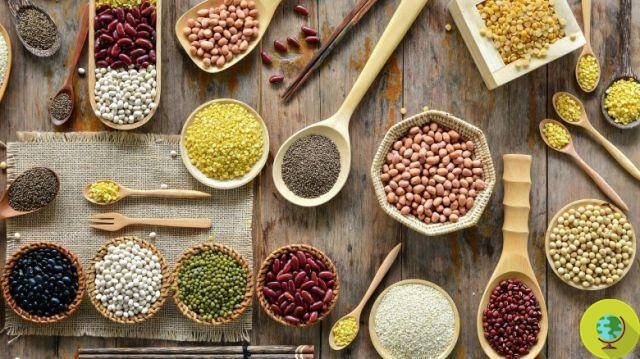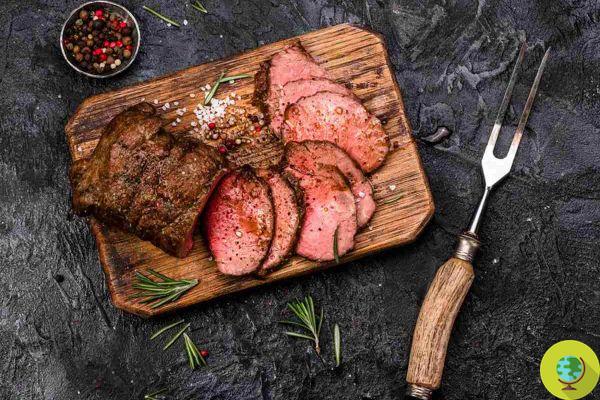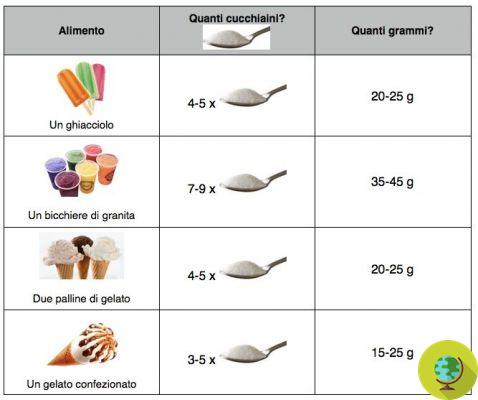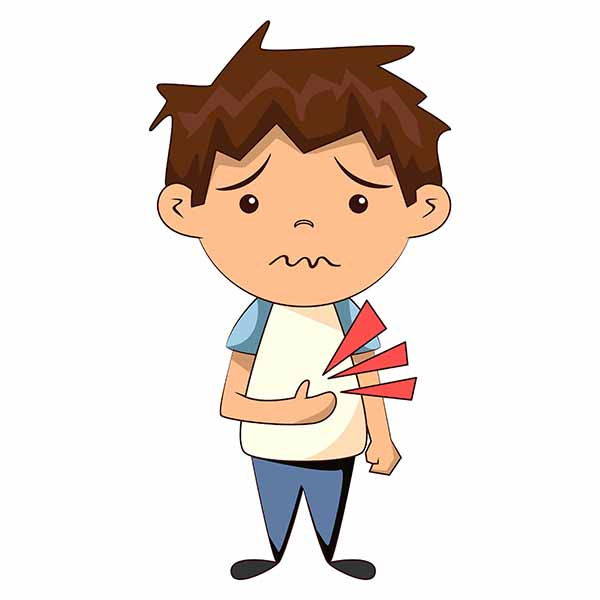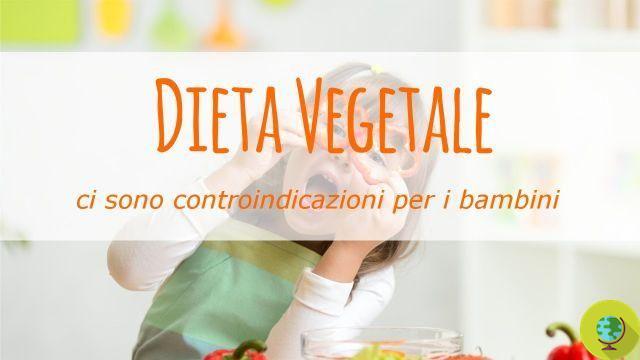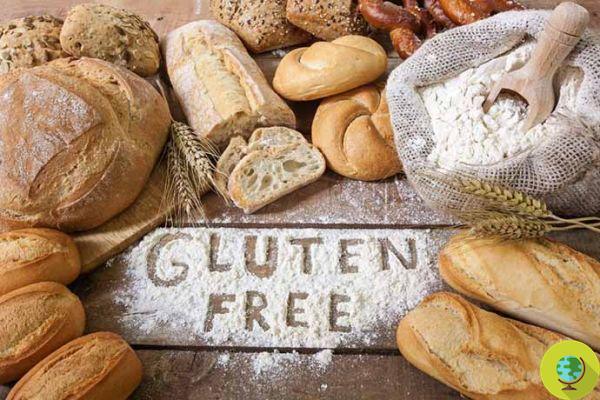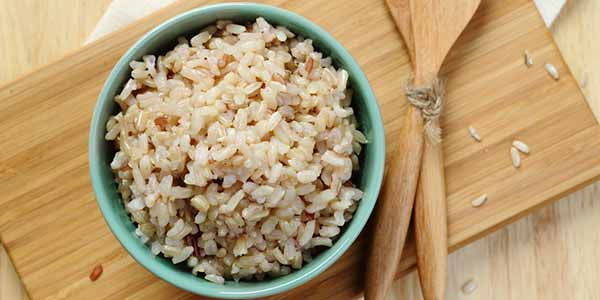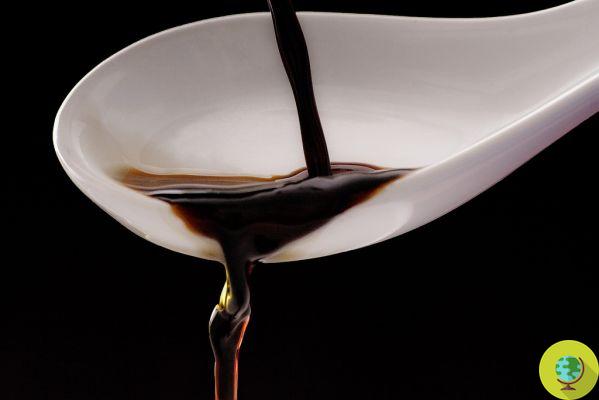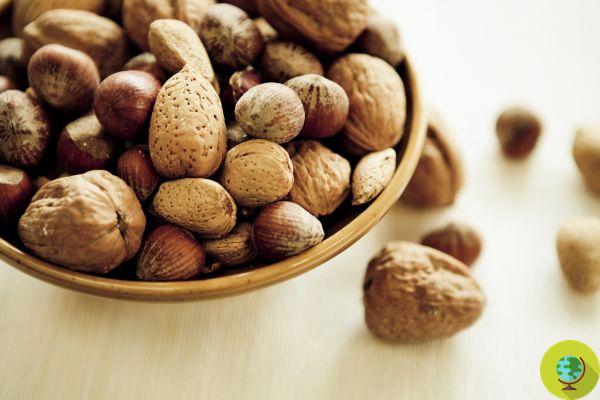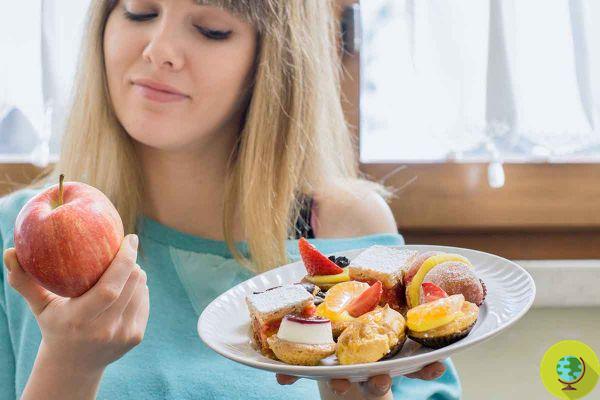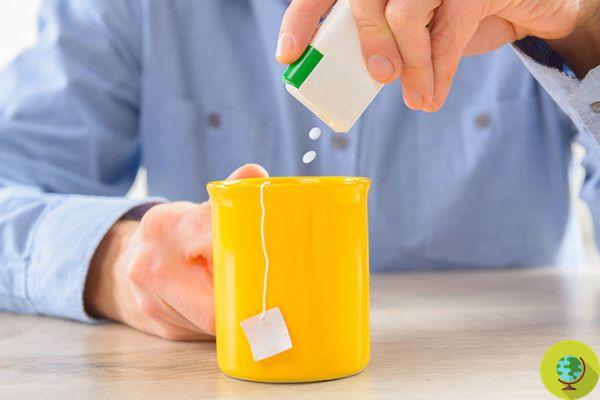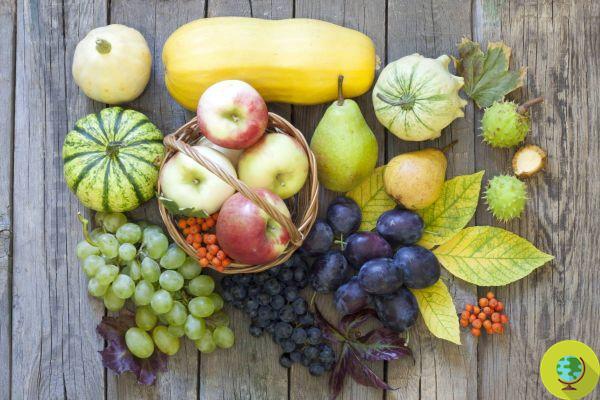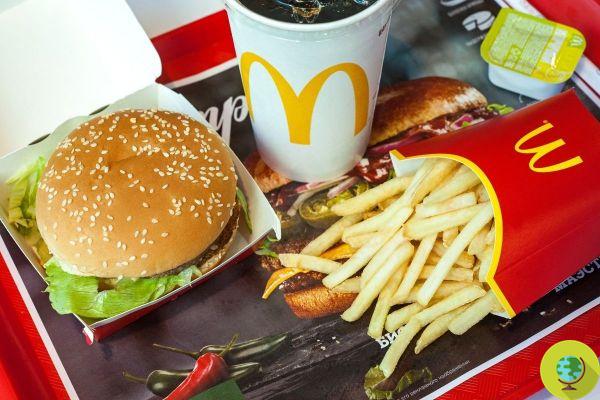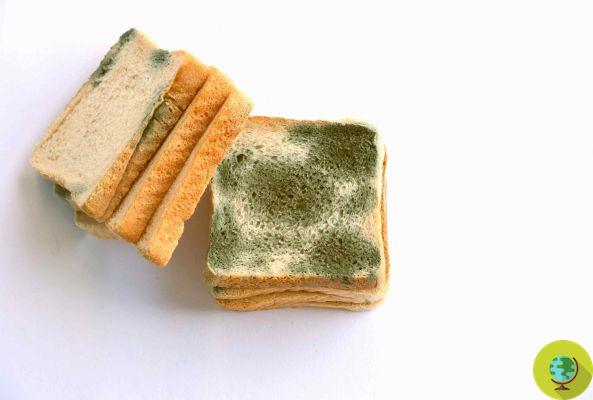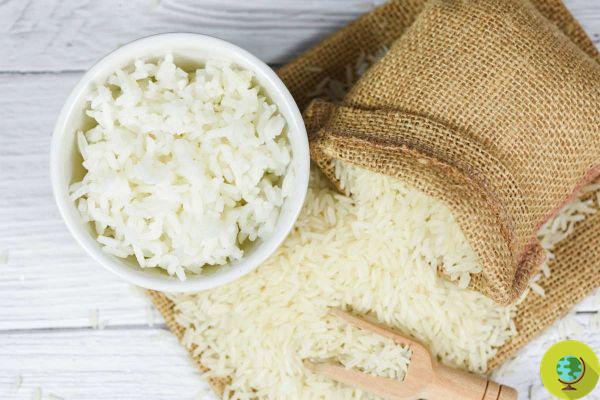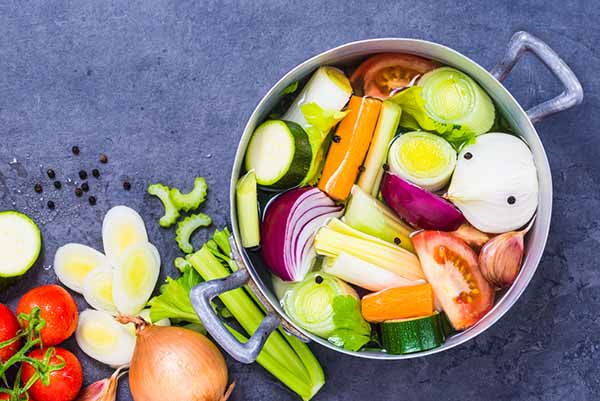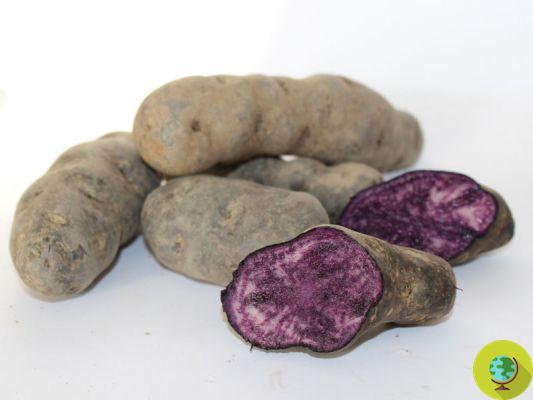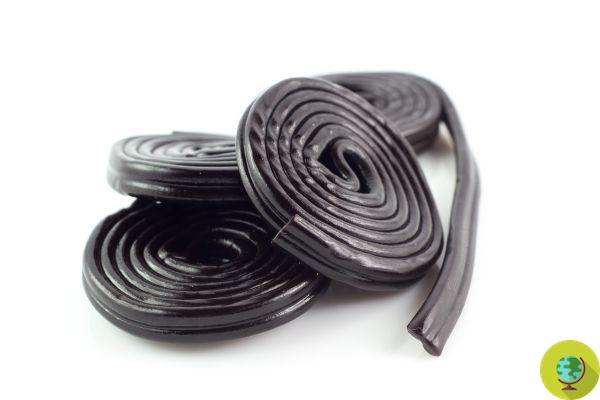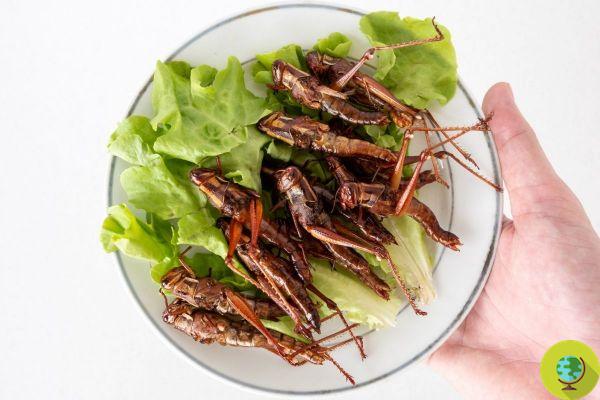
After the meal moths, EFSA has approved food consumption in Europe of a particular type of locust as well, but it will still take time to see this new food on supermarket shelves.
Don't store avocado like this: it's dangerous
After the flour moths, EFSA also approved the food consumption in Europe of a particular type of locust, but it will still take time to see this new food on the supermarket shelves.
The migratory locust could soon become part of our diet. The European Food Safety Authority (EFSA) has in fact authorized its production and consumption in our continent, evaluating for now the intake of this animal only in its dried and frozen formulation. The novel food would be safe according to European standards and not disadvantageous from a nutritional point of view - even if it could cause allergic reactions in subjects already intolerant to crustaceans, mites and molluscs.
Climate crisis, desertification and overpopulation are posing important challenges to the food issue, which is why the West is also turning to new sources of nutrients so far disdained because they are judged not very noble and too distant from our food traditions. Already last January, EFSA had declared the edibility of the so-called flour moths (Tenebrio molitor) and authorized its placing on the European market. Now comes the OK of this new insect thanks to the publication of a report that provides the results of scientific tests carried out on the food. The study, requested by the European Commission, included several aspects - including nutritional, toxicological and chemical evaluation.
The definition new food it is used by the Agency to separate and distinguish 'new foods' from those approved on the territory of the Union prior to EC Regulation 258 of January 1997 on new products and new food ingredients. It is not just about foods of animal origin (such as the insects we talked about in this article), but also about derivatives of plants and trees. An example is the dehydrated pulp of the baobab (from the fruit of Adansonia digitata), rich in vitamin C, calcium and antioxidants.
Source: EFSA
We also recommend:
- Edible insects: the EU's first green light for the sale of flour moths as food arrives
- Insects, ok by the EU for human consumption: mealworms approved for the first time




